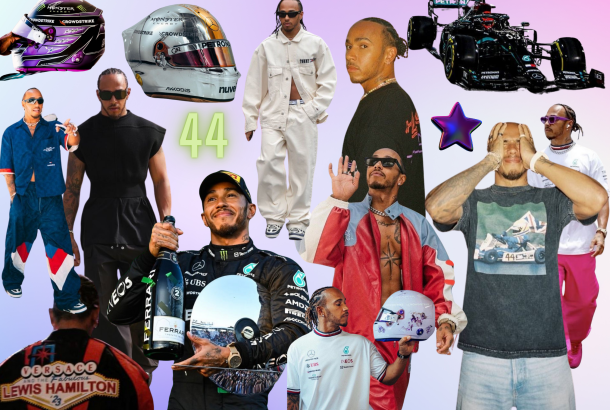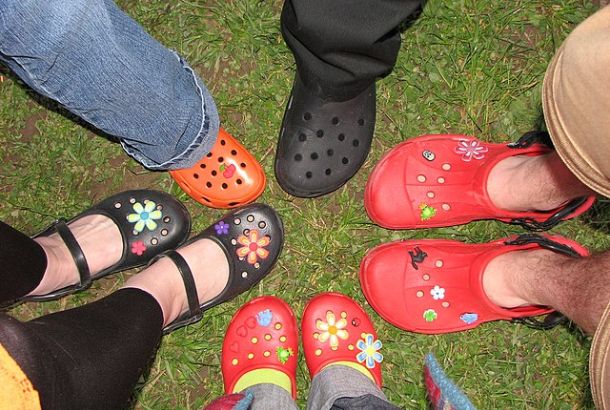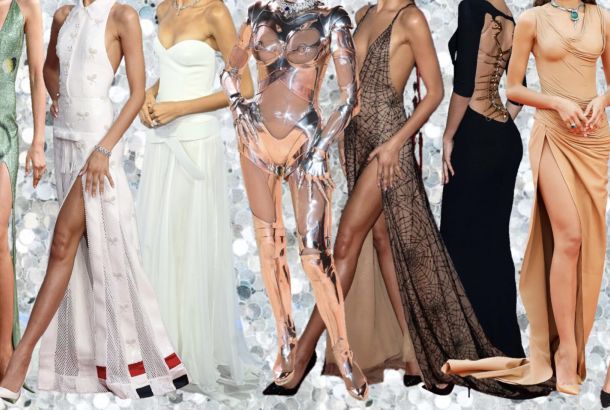Well, I don’t actually, but while we’re on the subject, what is the obsession with beauty spots? Marilyn had one, Cindy Crawford is famous for hers, Madonna was spotted in her 80s heyday (now it has mysteriously disappeared), Eva Mendes, Angelina Jolie, Prince…the list of spotty s’lebs is endless.
It’s no secret that a lot of these iconic marks are drawn on – see last year’s 1920s silent film The Artist – but it wasn’t just back in the day that women (and men) used to fake it, this self-branding is still rife today given the ‘glamorous vintage housewife’ trend which has taken over many a female face. The spot has even reached new heights in the form of facial metal: the Madonna/Marilyn piercing is an extremely popular request in piercing parlours nowadays. I too, dear readers, have succumbed to the spot. At a recent Great Gatsby themed 21st, the final touch to my make up (applied while doing 90mph down a motorway) was a little black dot of eyeliner resting elegantly (ish) on my cheekbone.
So what is a beauty spot? Why is it called a beauty spot and why is this extremely dated trend still so popular? Have no fear; your beauty historian is here.
Medically, beauty spots, or beauty marks, are called melanocytic nevus. Not exactly a word which rolls off the tongue, or indeed one which conveys a staggeringly stunning face. I can’t really imagine Arthur Miller romantically pondering over Marilyn’s melanocytic nevus…anyway. Despite being popular since the renaissance period (when some bold fashionistas would have marks permanently tattooed on their faces) the eighteenth century saw a particular flurry for this craze, when velvety stick-on beauty marks were available to buy in an array of shapes and sizes. Heart-shaped mole, anyone? Strong look.
Known as ‘mouchette’ meaning ‘small fly’ (which I find v. amusing, as usually a small fly resting on ones face is cause for much squealing and flapping of arms), these marks had varying meanings depending on where you placed it on your face. In fact, this was a trend so complex that a bloke called Luis José Velázquez wrote a collection of essays on the art of courtship in 1764, exploring the uses and meanings of these marks. It all sounds very complicated – some marks signified that you were about to break up with someone for god’s sake – and I’m sure if I was an eighteenth century lady attempting to bag a man I would certainly mix up my under-the-lip ‘coquette’ mark with my close-to-the-mouth ‘assassin’, which could have extremely contrary results.
In China, the beauty spot can foretell your fortune in life; other countries see it as a flaw signifying something wholly unnatural in the person… This beauty spot malarkey is getting very tricky. If you’ve learnt anything from this week’s column (and I don’t blame you if you haven’t) it’s this: I have a sneaky suspicion that popularising and specifying beauty marks was another way for the patriarchy to control us through definitions of beauty and therefore self-perception. And if there’s one thing you need to know about me, it’s that I really, really dislike the patriarchy. So basically, it’s a load of codswallop and you don’t need a black mark on your face to be pretty. History lesson: check. Self-esteem-boosting-words-of-morale: check. My work here is done.







